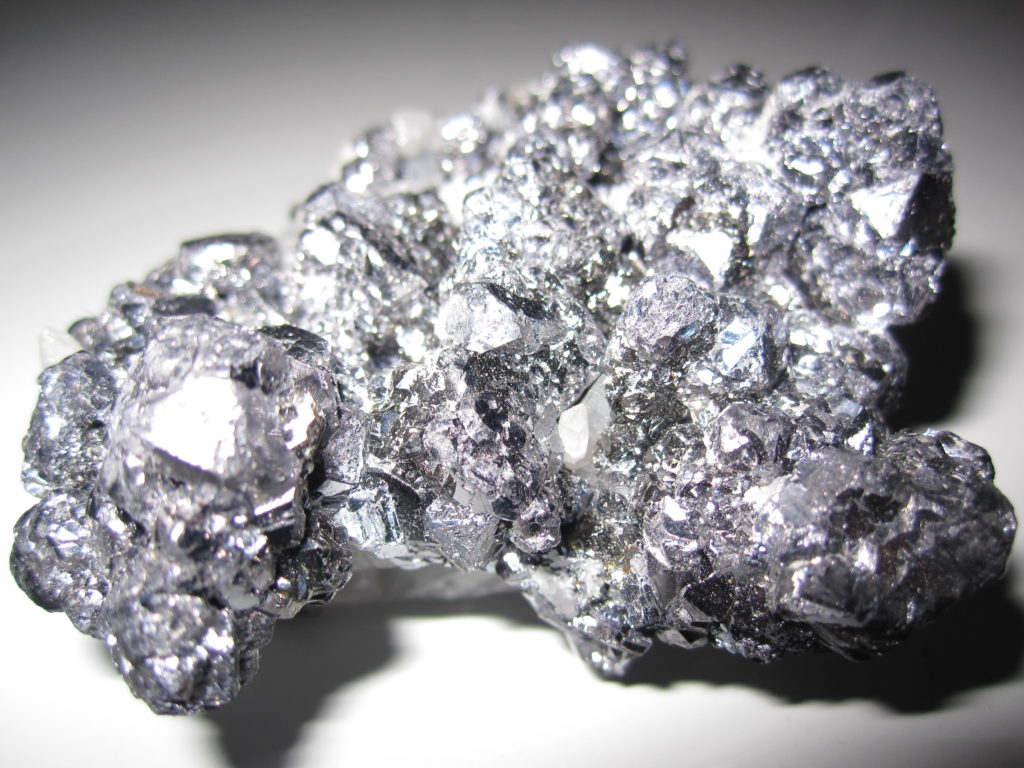Lead poisoning is an increasingly serious health problem affecting old and young, rich and poor alike. It is estimated that over 400,000 children in the United States have an excess of lead in their systems. Hence, today’s article will focus on this illness and its causes, symptoms and treatments.
What Is Lead Poisoning?
It can be defined as a severe and fatal condition where lead, a highly toxic metal, builds up in a human body. This cumulative poisoning that affects the brain, the nervous system, the blood and the abdominal system is a hazard not only to inner city youngsters who eat the sweet-tasting crumbling paint and plaster from deteriorating tenement walls, but it is also a threat to suburban residents exposed to heavy doses of automobile exhaust fumes from nearby superhighways or to industrial air pollutants containing dangerous lead levels.
Lead poisoning is an insidious condition that affects many garage attendants, tunnel and traffic police and all the workers in lead mining and processing plants where health safeguards are not strictly enforced.
Causes of Lead Poisoning
Lead was once used in house paint and gasoline. However, even these products are not produced with lead anymore, lead-based paint can still be found in older homes and by eating chips of deteriorating lead-based paint, children are at risk of lead poisoning.
Some other common sources of lead include:
- Lead pipes that can contaminate water
- Lead-contaminated soil
- Cosmetics. For example, Tira, a cosmetic from Nigeria was associated with lead poisoning.
- Lead can also be found in some toys
- Lead poisoning has also been linked to some traditional ethnic medicines.
Symptoms of Lead Poisoning

Severe stomach cramps, nausea, vomiting, weakness and confusion combined with decreased alertness are all signs of lead poisoning. Since the presence of lead in the bone marrow interferes with the formation of new red cells as well as damaging existing ones, anaemia, pallor and weakness are chronic symptoms.
Acute lead poisoning is an emergency condition which may occur when a heavy accumulation of lead in the tissues is suddenly released into the bloodstream or because a toxic amount of lead has been inhaled or ingested at one time. Symptoms are agonising cramps, a metallic taste in the mouth, wracking muscular pains and black or bloody diarrhoea.
Complications of Lead Poisoning
Lead is a chemical element that the body excretes very slowly since it tends to accumulate in the nervous system, bones, bone marrow, liver, pancreas, teeth, gums and hair. A certain amount of inhaled or ingested lead can safely circulate in the blood. However, when the safe limits are exceeded, normal functions are disturbed – slowly and cumulatively if the poisoning is chronic, or disastrously, if not fatally, if the poisoning is acute.
In extreme cases of chronic lead poisoning, the brain swells and convulsions occur, resulting in coma. Even if this crisis is not fatal, it still causes permanent brain damage.
Treatment of Lead Poisoning

Blood and urine tests can indicate the level of lead in the blood responsible for symptoms and therefore, the proper treatment can be administered. For instance, one treatment consists of medicines that bind the lead and carry it out in the urine until the blood level is safe. Where anaemia exists, a therapeutic diet with supplementary iron pills is prescribed. On the other hand, brain dysfunction involving learning disabilities requires a psychological evaluation.
Prevention of Lead Poisoning
Doctors, child-care clinics and health stations in many places where the possibility of lead poising is a threat are alert to symptoms and administer diagnostic screening tests to high-risk children. Lead control programs are available and undertaken by concerned citizens who sponsor legislation limiting air pollution by lead-mining and lead-processing industries.
Moreover, federal agencies that set standards for protecting workers’ health and safety are supposed to inspect ventilation systems in factories where lead dust and lead fumes might accumulate. Many specialists feel that the lead content of indoor paint permitted by the government is too high for safety and advice parents not to use any paint or plaster in the house or on furniture that contains more than 0.06 percent lead.
So, what do you think about lead poisoning? Please share your comments!


